SOURCE: AFI

In a humanitarian gesture, the Russian government has begun the process of granting permanent residency (PR) to the family of Tejpal Singh, an Indian national who lost his life fighting for the Russian army in the conflict in Zaporizhzhia, Ukraine, on March 12, 2024. This move acknowledges the sacrifice made by Singh, offering support and a new beginning for his grieving family.
Parminder Kaur, the widow of Tejpal Singh, confirmed that she has already been granted permanent residency. She further stated that the rest of her family, including her children and Tejpal’s parents, will receive their PR status upon arrival in Russia. This development was shared with the media following her recent three-month stay in Moscow, aimed at navigating the bureaucratic processes associated with her husband’s service and death.
Continue readingSOURCE: RAUNAK KUNDE / NEWS BEAT / IDRW.ORG
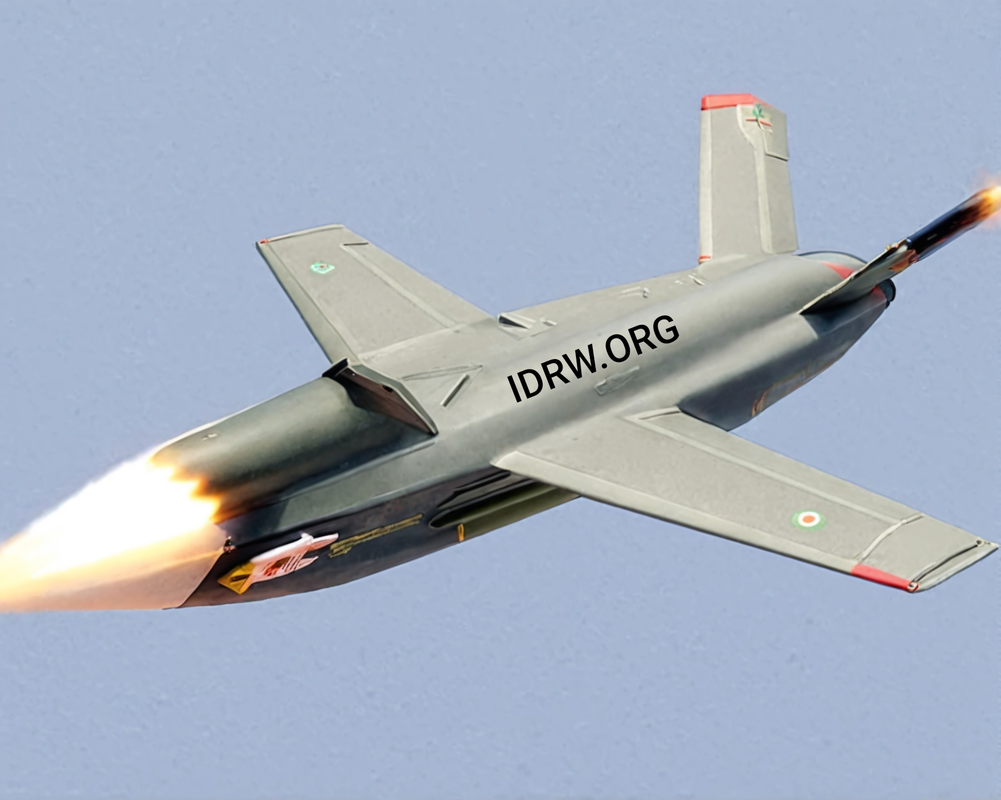

With the Indian Air Force (IAF) facing declining squadron levels, plans are underway to fast-track the development of the Loyal Wingman program, a critical force multiplier designed to enhance combat capabilities. The program is spearheaded by Hindustan Aeronautics Limited (HAL) in collaboration with private sector company NewSpace Research and Technologies (NRT).
The IAF is placing significant emphasis on the Combat Air Teaming System (CATS) Warrior, the unmanned combat aerial vehicle (UCAV) being developed under the Loyal Wingman initiative. A series of meetings between HAL, NRT, and the IAF have confirmed that substantial progress has already been made in the development of the CATS Warrior. The majority of the technology required for this project has been developed, and the design has been validated through rigorous testing, including the successful testing of a scale model that evaluated the platform’s basic design and flight characteristics.
Continue readingSOURCE: RAUNAK KUNDE / NEWS BEAT / IDRW.ORG
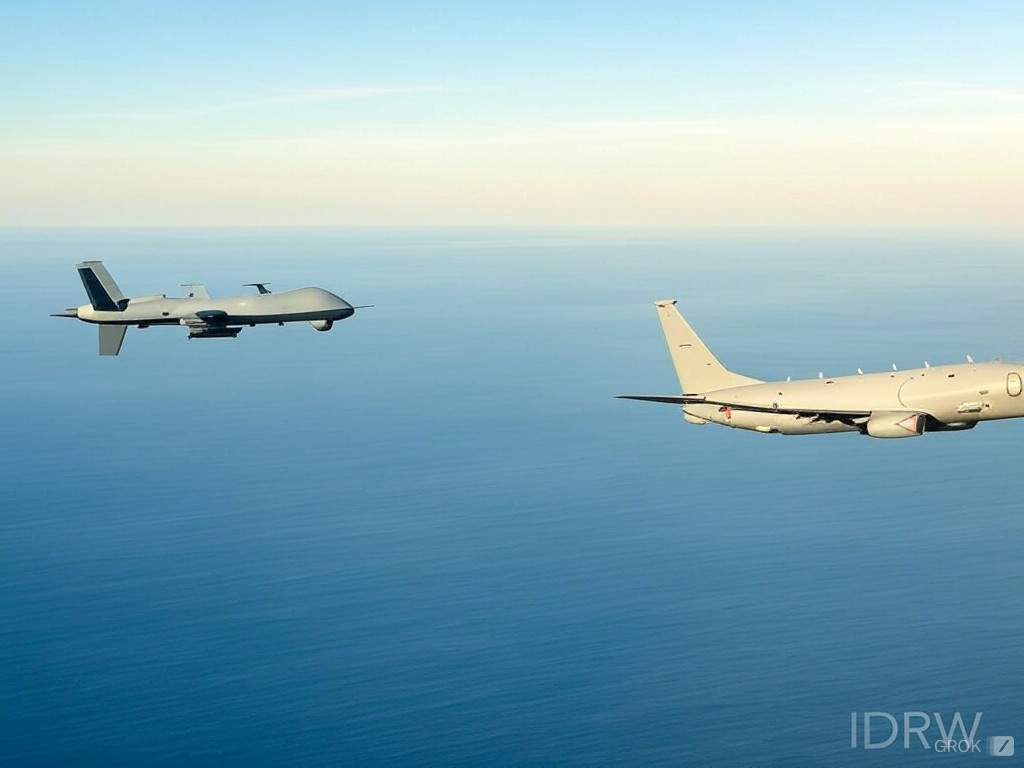

The Indian Navy is planning to procure 15 MQ-9B Sea Guardian drones, a significant step that will help reduce the overall operational costs of maritime surveillance in the Indian Ocean Region (IOR). These unmanned aerial vehicles (UAVs) are expected to complement the Navy’s fleet of 12 P-8I Neptune Maritime Patrol Aircraft (MPA), which have been actively monitoring the IOR, particularly in light of increased Chinese naval presence. While the procurement of the MQ-9B comes with a hefty price tag of around $100 million per unit, Navy officials familiar with the system argue that it will lead to a substantial reduction in operating costs over time.
The P-8I aircraft, equipped with advanced sensors and anti-submarine warfare (ASW) capabilities, has been a critical asset in the Indian Navy’s surveillance operations. However, the growing presence of Chinese warships and submarines in the region has led to increased deployment of the P-8I fleet, driving up the cost of operations.
Continue readingSOURCE: RAUNAK KUNDE / NEWS BEAT / IDRW.ORG


India has taken a significant step forward in enhancing its naval capabilities, receiving approval to build two indigenously designed nuclear-powered attack submarines (SSNs) at a new submarine facility in Visakhapatnam. The project, which is part of India’s long-term vision to strengthen its underwater fleet, will commence by the end of 2029, with the steel-cutting process marking the official start of construction.
While the initiation of the construction process is a key milestone, the road to induction will be a long one. The nuclear-powered attack submarine (SSN) program is expected to require at least seven years before the first vessel can be rolled out for harbour and sea trials, which would bring the timeline to around 2035.
Continue readingSOURCE: AFI
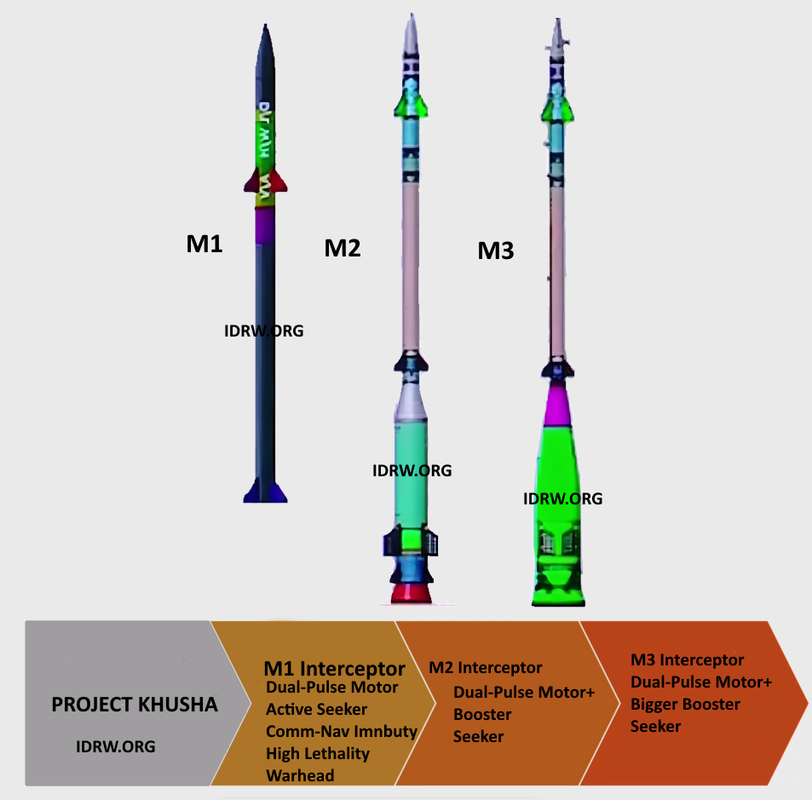

India’s Defence Research and Development Organisation (DRDO) has been spearheading an ambitious project known as “Project Kusha,” aimed at developing an indigenous long-range air defence system. This initiative could revolutionize not only India’s national security architecture but also position India as a key player in the global defence export market.
Project Kusha, also referred to as Extended Range Air Defence System (ERADS), is designed to create a multi-layered air defence network capable of neutralizing a wide range of aerial threats, including stealth fighters, aircraft, drones, cruise missiles, and even precision-guided munitions. This system is envisioned to operate effectively over distances up to 350 km, with the potential to intercept even high-speed, low-radar cross-section targets.
Continue readingSOURCE: AFI
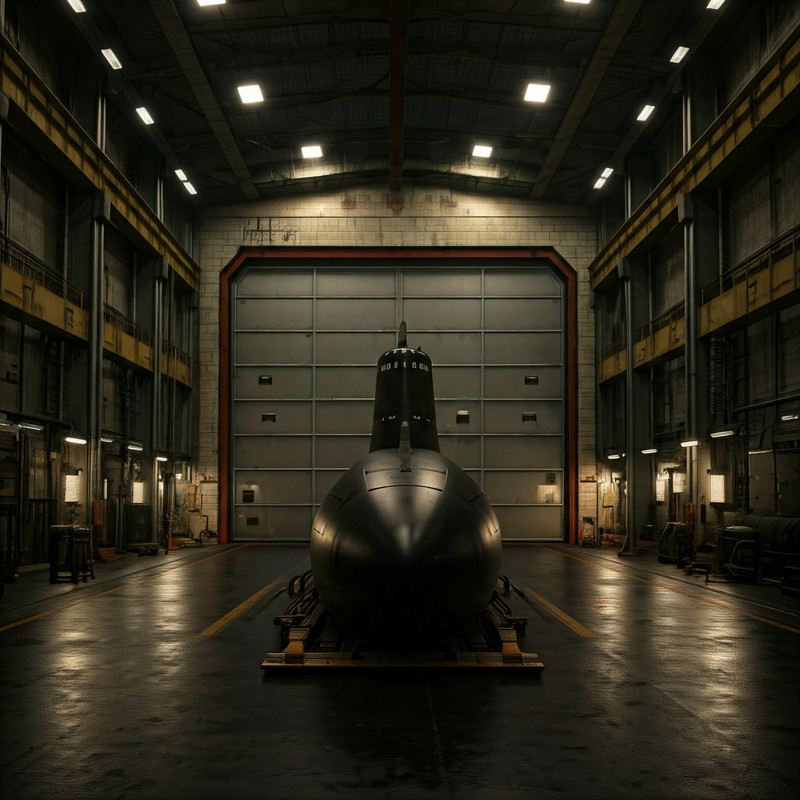

India is on the brink of a monumental milestone in its naval capabilities with the nearing completion of INS Varsha, a state-of-the-art underground base designed to house nuclear submarines. Strategically located near the coastal village of Rambilli in Andhra Pradesh, approximately 70 km from the Visakhapatnam naval base, this facility is expected to become operational within the next two years.
The need for a stealthy and secure base for nuclear-powered submarines has long been a strategic priority for India. The second phase of Project Varsha, initially delayed due to forest-land acquisition issues since 2010, received a significant boost in 2018 when the Modi government addressed these challenges and expedited its construction.
Continue readingSOURCE: AFI


In a recent diplomatic engagement, Indian Defence Minister Rajnath Singh has urged Russia to accelerate the delivery of the last two units of the S-400 Triumf air defense missile systems. This move comes as Russia has already completed the supply of the first three regiments, but the delivery of the remaining units has been delayed due to the ongoing Ukraine conflict.
The S-400 Triumf, known by NATO as the SA-21 Growler, stands as one of the most formidable air defense systems globally. This Russian-developed, long-range, road-mobile surface-to-air missile system became operational in 2007 and is often compared to the US Patriot system. Its capabilities extend beyond just engaging aerial threats; it’s also equipped for surface-to-surface operations, offering a versatile strategic asset to any military force.
Continue readingSOURCE: IDRW.ORG.
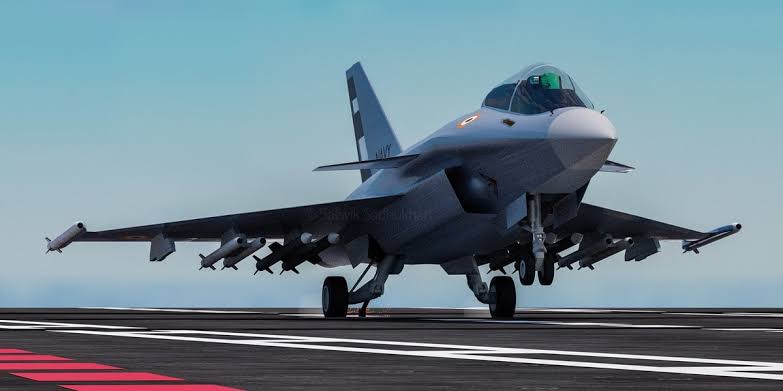

The Aeronautical Development Agency (ADA), which is leading the development of the Twin Engine Deck-Based Fighter (TEDBF) for the Indian Navy, is planning a CATOBAR (Catapult Assisted Take-Off But Arrested Recovery) variant of the aircraft. This effort aligns with the Indian Navy’s potential transition to CATOBAR configuration for future aircraft carriers.
India’s existing aircraft carriers—INS Vikramaditya and INS Vikrant—operate on the STOBAR (Short Take-Off But Arrested Recovery) configuration. The upcoming second indigenous aircraft carrier, IAC-2, is also expected to retain this STOBAR configuration. However, plans for the third indigenous aircraft carrier, IAC-3, indicate a shift to CATOBAR operations, potentially featuring an Electromagnetic Aircraft Launch System (EMALS).
Continue readingSOURCE: IDRW.ORG.

In a significant boost to India’s defense indigenization efforts, Bengaluru-based SpaceFields Pvt. Ltd has been selected by the Indian Navy through the Innovations for Defence Excellence (iDEX) initiative to develop low-cost indigenous pyrotechnic systems for naval applications.
This collaboration aligns with the Indian Navy’s vision to enhance operational capabilities while reducing dependence on imported defense technologies, fostering self-reliance in critical areas.
Continue readingSOURCE: AFI


Bengaluru: SAAB, the Swedish aerospace and defence giant, has expressed an optimistic outlook on the burgeoning opportunities within India’s defence industry. This sentiment was underscored during the unveiling of the Full Scale Replica (FSR) of its state-of-the-art single-engine Gripen E fighter aircraft at the pre-Aero Show event in Bengaluru. Kent Åke Molin, Head of the Gripen for India Programme, articulated SAAB’s commitment to not just selling aircraft but to fostering a robust technological partnership with India.
Since responding to the Indian government’s Request for Information (RFI) in 2018 for the Indian Air Force’s 114 Multi-Role Fighter Aircraft (MRFA) procurement, SAAB has been actively positioning itself as a key player. The Gripen E, with its advanced capabilities, is among eight contenders vying for this significant contract, which could redefine India’s air combat strategy.
Continue readingSOURCE: AFI
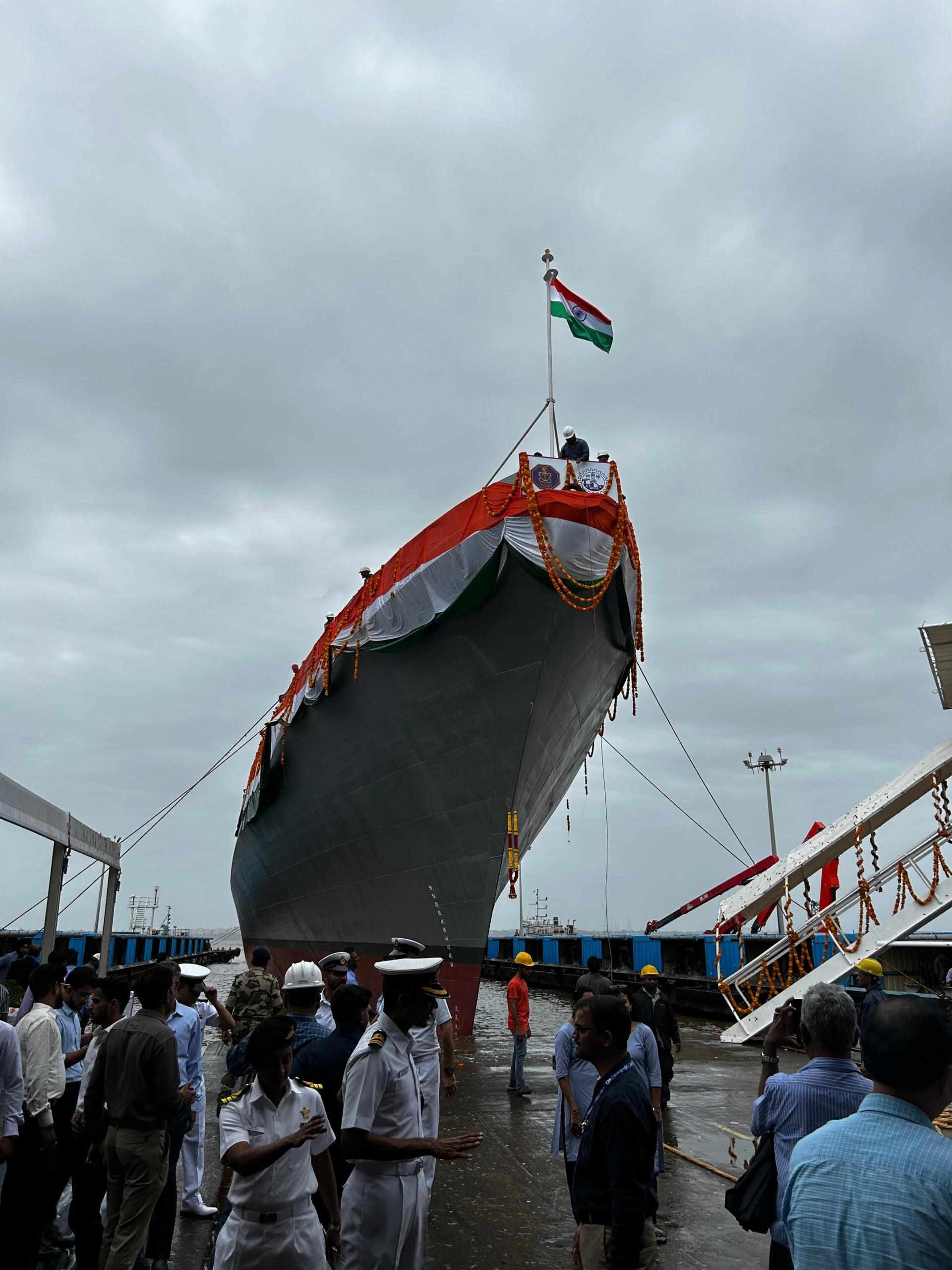

In a significant boost to the ‘Make in India’ initiative, the construction of two advanced Russian frigates, dubbed as Frigates 9 and 10, will commence at the Goa Shipyard Limited (GSL) in India. This development was confirmed by Ilya Samarin, CEO of Russia’s Yantar Shipyard, in a recent interview with RT. The project is slated to conclude by the end of 2027, marking a new chapter in the Indo-Russian defence cooperation.
The initiative to build these frigates in India is part of a broader collaboration between the two nations under the ‘Make in India’ programme, aimed at fostering indigenous manufacturing and reducing dependency on imports. The strategic partnership with Russia in naval construction not only enhances India’s maritime capabilities but also exemplifies the deepening of bilateral defence ties.
Continue readingSOURCE: AFI


As the Indian Navy looks ahead to 2025, it is set to bolster its maritime strength with the induction of the sixth and final Scorpene class submarine and the addition of a new class of stealth ships. This dual enhancement to the naval fleet is part of India’s broader strategic initiatives to fortify its naval presence and capabilities in the Indo-Pacific region.
The Indian Navy will mark the culmination of the Scorpene project with the commissioning of INS Vagsheer, the sixth and last submarine in this series. Constructed under Project 75 at Mazagon Dock Shipbuilders Limited (MDL) in Mumbai in collaboration with France’s Naval Group, the Scorpene submarines have significantly upgraded India’s underwater warfare capabilities. These submarines, known for their advanced stealth features, can undertake various missions including anti-surface warfare, anti-submarine warfare, intelligence gathering, mine laying, and area surveillance.
Continue readingSOURCE: AFI
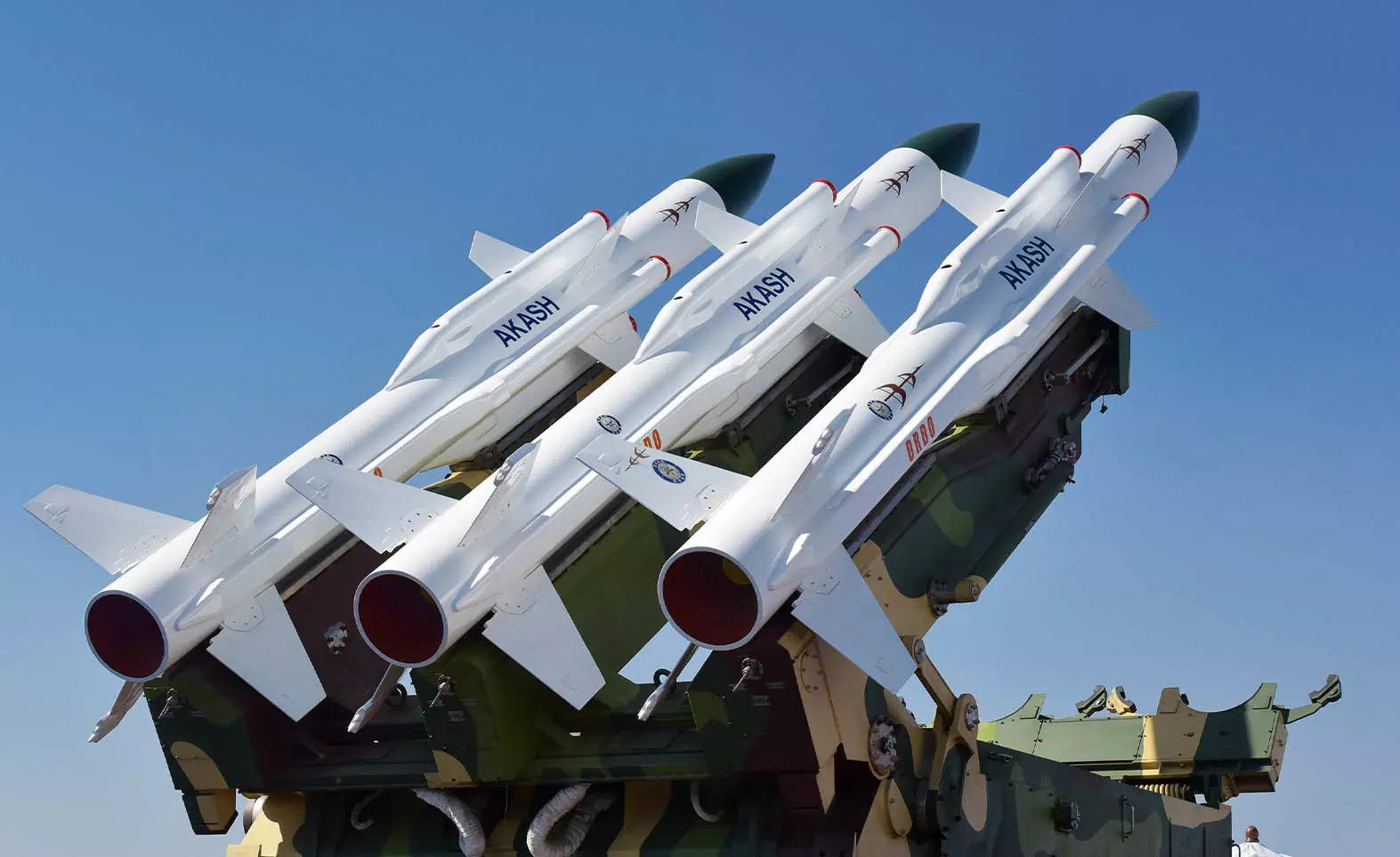

In a strategic move to bolster its position in the global arms market, India is set to establish a dedicated Export Promotion Council (EPC) for the defence sector. This initiative, spearheaded by the Narendra Modi administration, reflects India’s ambition to significantly expand its defence exports. The goal is to more than double the current export value from ?21,083 crore as recorded at the end of March 2024 to over ?50,000 crore by the year 2029.
The establishment of a separate EPC for defence is a clear indication of India’s intent to streamline and enhance its export capabilities in this sector. The council will focus on identifying and capitalizing on export opportunities, addressing exporter concerns, and refining strategies to attract more international buyers. This initiative comes at a time when global defence manufacturers are increasingly considering India as a viable location to shift their production lines, recognizing the country’s growing manufacturing capabilities and skilled workforce.
Continue readingSOURCE: RAUNAK KUNDE / NEWS BEAT / IDRW.ORG
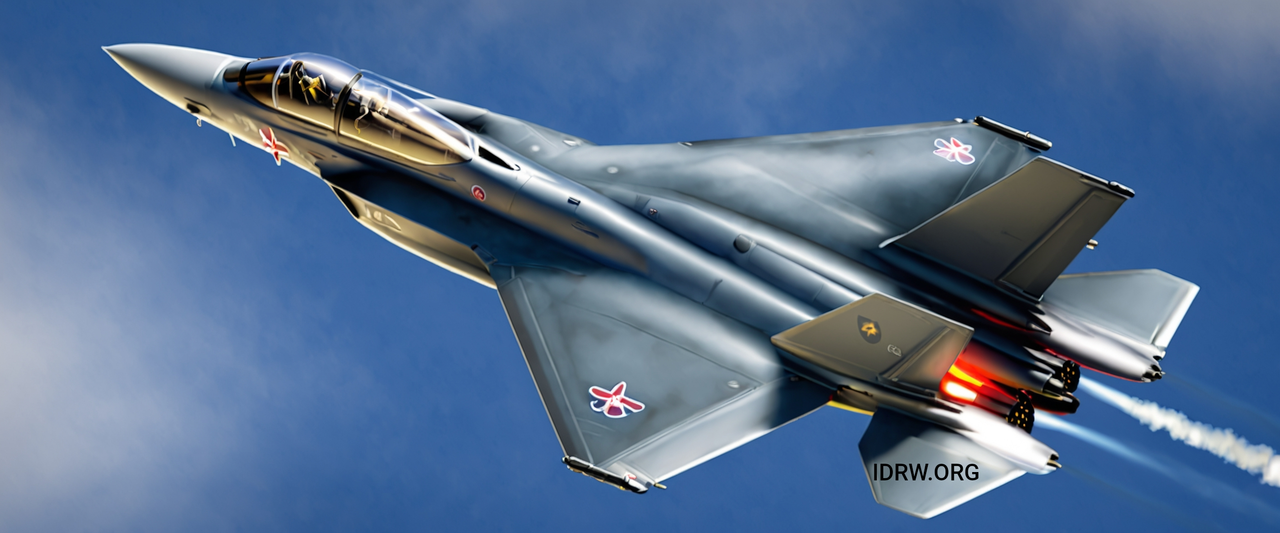

According to sources within the Indian Air Force (IAF), who spoke to idrw.org on the condition of anonymity, the IAF has officially confirmed the procurement of two squadrons of AMCA MkI fighter jets powered by the F-414 engine and four squadrons of the advanced AMCA MkII variant equipped with a new 110kN thrust engine. This acquisition, however, marks only the beginning, as the IAF has ambitious plans to further expand its AMCA fleet by 2045 to at least 300 units, according to long-term projections.
The Advanced Medium Combat Aircraft (AMCA) is India’s flagship 5th-generation stealth fighter jet program, which aims to provide the Indian Air Force with a cutting-edge platform to maintain air superiority well into the future. With the first flight of the AMCA MkI slated for 2028 and production expected to commence by 2033, the program has already gained significant momentum, receiving Cabinet Committee on Security (CCS) clearance earlier this year.
Continue readingSOURCE: RAUNAK KUNDE / NEWS BEAT / IDRW.ORG
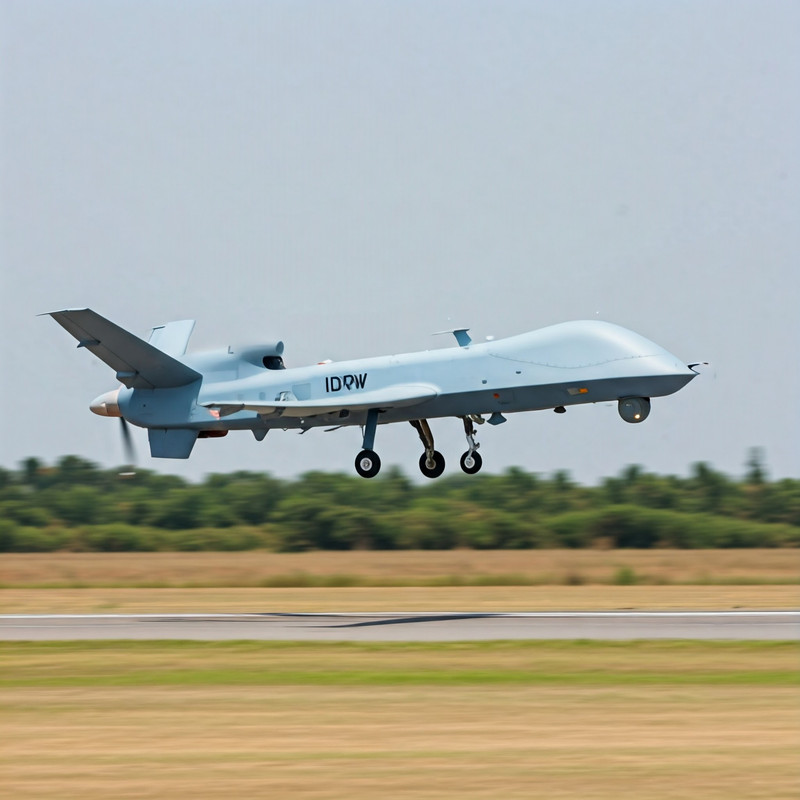

India is advancing its plans to develop a High-Altitude Long Endurance (HALE) Unmanned Aerial Vehicle (UAV) for its armed forces, with support from General Atomics Aeronautical Systems, Inc. (GA-ASI). This collaboration is part of India’s broader deal to acquire 31 MQ-9B HALE UAVs for its military, with GA-ASI providing consulting and technical expertise for the indigenous HALE program.
The Defence Research and Development Organisation’s (DRDO) Aeronautical Development Establishment (ADE) had previously proposed a HALE UAV platform, which would weigh approximately 4,000 kg.
Continue reading